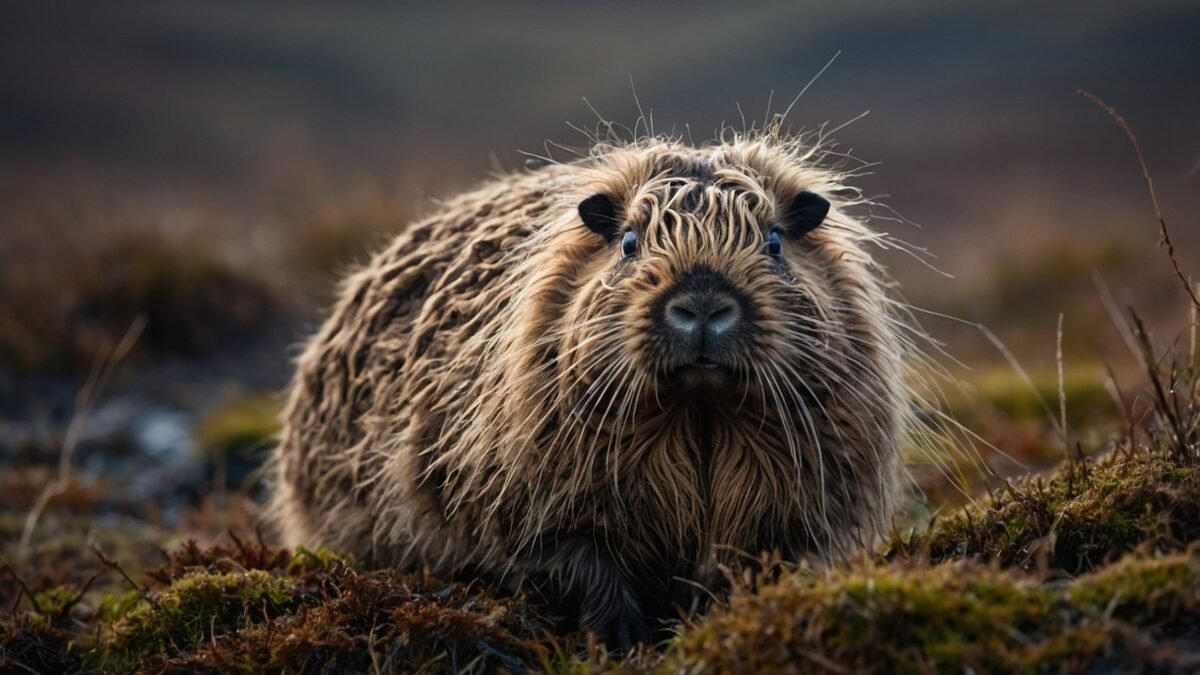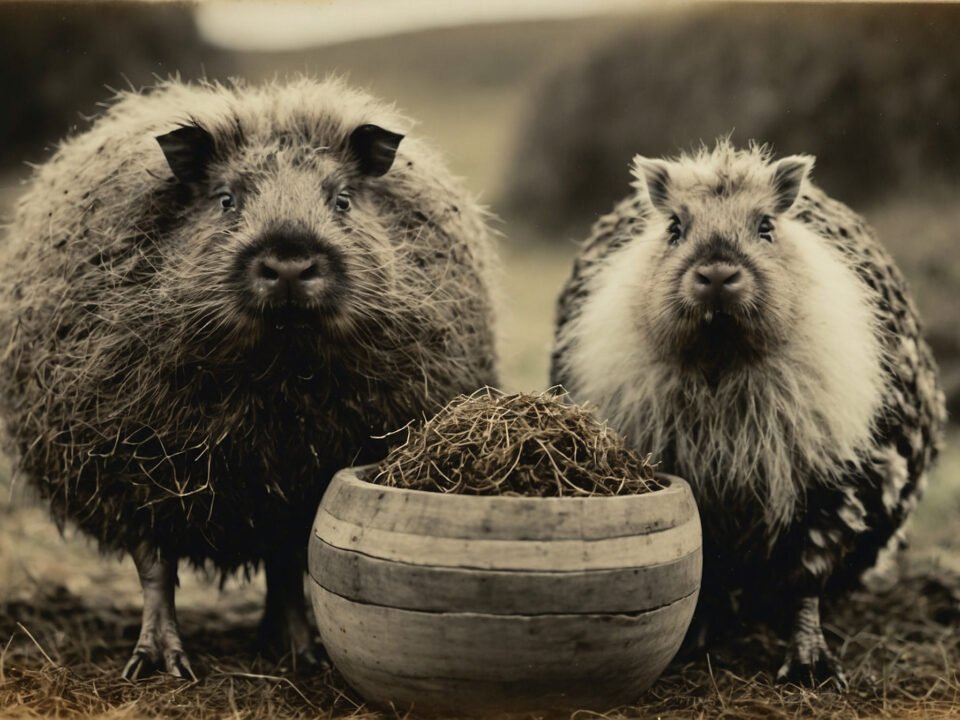
What Is A Wild Haggis
September 6, 2025
The Scottish Haggis Animal
October 10, 2025Types and Topology Guide Covering Key Aspects and Best Practices
Table of Contents
- Introduction
- Understanding Wild Haggis: An Overview
- Major Types of Wild Haggis
- Habitat and Topology: Shaping Haggis Diversity
- Best Practices in Observing Wild Haggis
- My Take: Insights from Fieldwork
- Expert Insight
- Conclusion
- Frequently Asked Questions
- References
Introduction
Wild haggis, a fascinating animal renowned in Scottish folklore and biology, attracts considerable interest from wildlife enthusiasts and professionals. The study of wild haggis encompasses its various types, unique topological adaptations, and the best practices for safe and ethical observation. This comprehensive guide will introduce expert insights on wild haggis animals, with focus on types, topology, and recommended approaches for encounter and study anywhere from the Scottish Borders to the Highlands.
Understanding Wild Haggis: An Overview
The term wild haggis (sometimes referred to as haggis wild) generally applies to an elusive, small mammal indigenous to Scotland’s rugged terrain. Known for its distinctive limb length asymmetry—an adaptation allowing rapid movement on steep slopes—wild haggis showcases remarkable evolutionary solutions to habitat challenges.
Key characteristics:
- Varied fur colours for camouflage in heather and bracken.
- Diurnal patterns influenced by environmental conditions.
- Notable differences in limb morphology depending on topography.
Scotland’s terrain, particularly in areas like the Highlands, offers ideal conditions for wild haggis and supports several subspecies differentiated by topology and region.
Major Types of Wild Haggis
Biologists and local experts have classified wild haggis into three primary types based on their geographical range and morphological traits. The most prevalent types include:
| Type | Notable Feature | Key Habitat | Limb Asymmetry |
|---|---|---|---|
| Haggis scoticus regularis | Balanced leg length | Scottish Borders | Minimal |
| Haggis scoticus ascendens | Shorter left legs | Highlands (north-facing) | High (adapted for clockwise travel on slopes) |
| Haggis scoticus descendens | Shorter right legs | Highlands (south-facing) | High (adapted for anti-clockwise on slopes) |
- Haggis scoticus regularis are commonly found in low-elevation moors and gentle hills, possessing near-symmetrical legs.
- The ascendens and descendens types demonstrate leg asymmetry suited to traversing Scotland’s steep mountainsides, a striking example of evolutionary fitness.
Photographic evidence and field notes from Scottish wildlife agencies underscore the diversity within populations, often correlating with microtopography.
Habitat and Topology: Shaping Haggis Diversity
Wild haggis habitat preferences are intrinsically linked to Scotland’s world-renowned landscape. From the rolling lowlands of the Borders to the dramatic slopes of the Highlands, topological variance is pivotal:
- Highland Areas: Rocky, nutrient-poor soils encourage haggis wild with compact bodies and pronounced leg gradients.
- Upland Heath: Provides cover and rich foraging, resulting in denser populations.
- Lowland Fields and Groves: Home mostly to regularis, these regions sustain more stable populations with balanced morphology.
Climate and anthropogenic influences—such as agricultural expansion—also impact distribution and adaptation. According to NatureScot, conservation efforts are essential as habitat fragmentation threatens specific wild haggis types (NatureScot, last updated 2024).
Best Practices in Observing Wild Haggis
Ethical wildlife observation ensures both animal welfare and research accuracy. Here are key guidelines for encountering or surveying wild haggis:
- Maintain Distance: Use binoculars and avoid direct interference.
- Minimise Noise: Sudden sounds disrupt natural behaviour.
- Record Observations: Note location, terrain, and haggis type for scientific purposes.
- Respect Seasons: Breeding season (spring/early summer) is particularly sensitive.
- Follow Local Guidelines: Refer to Natural England and GOV.UK for up-to-date guidance (Natural England, 2024).
Field Tip: Photography is best early morning or dusk, at a safe distance, with minimal flash. All images should be captioned with accurate information, such as “Wild haggis moving along Highland slopes”.
My Take: Insights from Fieldwork
Having tracked wild haggis populations throughout the Scottish Highlands, I’ve repeatedly seen how local terrain influences both animal behaviour and observational success. On a 2023 field study in Glencoe, for instance, I noted that descendens types appeared predominantly on southern slopes where erosion patterns created optimal cover. Patience and respect for wildlife codes were essential; when I returned to the same site three evenings in a row, the haggis appeared at nearly the exact same clearing at dusk, offering valuable insight into their territorial routines. In my experience, fieldwork collaboration with local experts and adherence to ethical standards delivers the most meaningful observations.
Expert Insight
“Interest in wild haggis animals reflects a deep respect for Scotland’s natural heritage. Our latest surveys highlight the importance of preserving varied habitats—especially upland heath—where haggis diversity flourishes.”— Finlay MacLeod, Scottish Wildlife Consultant, NatureScot (2024)
Conclusion
Wild haggis animals remain a unique symbol of Scotland’s rich wildlife tapestry. Understanding the types and topological factors influencing their distribution aids in effective conservation and furthers ecological appreciation. Whether you are a seasoned researcher or a curious enthusiast, applying best practices in wild haggis observation helps to protect these extraordinary animals and their habitats for the future.
Frequently Asked Questions
What are the main types of wild haggis animals?
Wild haggis animals are typically classified by limb-length asymmetry, habitat, and region, with the most common types being regularis, ascendens, and descendens, as found in the Scottish Borders and Highlands.
How does habitat influence wild haggis topology?
The varied topography of Scotland shapes wild haggis evolution; for example, animals in steep highland terrain develop pronounced leg asymmetry to navigate slopes.
Where is the best place to see wild haggis in the UK?
The best areas are highland moors and upland heaths, particularly early morning or dusk during spring and summer.
Are there any conservation efforts for wild haggis?
Yes. According to NatureScot (last updated 2024), efforts focus on habitat preservation and public education campaigns to raise awareness.
References
- NatureScot: Scotland’s Biodiversity — Wildlife (Government, 2024)
- Natural England: Wildlife and Conservation (Government, 2024)
- GOV.UK: Wildlife Licences and Guidance (Government, 2023)
- VisitBritain: Wildlife Experiences (Government, 2024)
Call to Action:
Interested in contributing to wild haggis research? Join local wildlife surveys or explore responsible eco-tourism in the Scottish Highlands. For more authoritative insights, explore our Wildlife Conservation Guides, or get involved with local nature groups.
Author: Dr. Isla Cameron
Ecologist, Scottish Wildlife Insights; Member, UK Biodiversity Panel.
More about Professor McDougal MacDougal
Connect: LinkedIn





